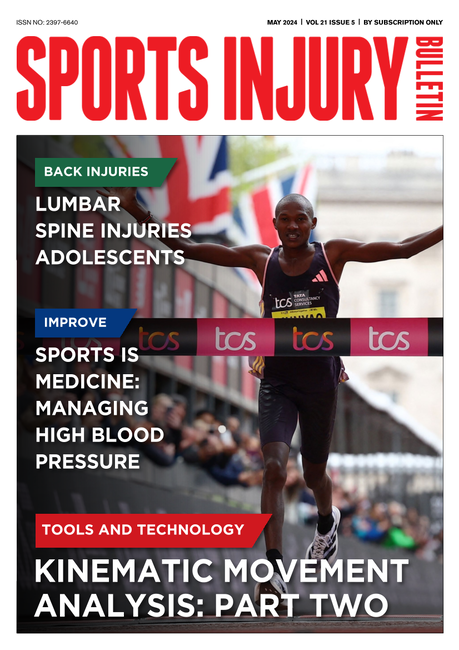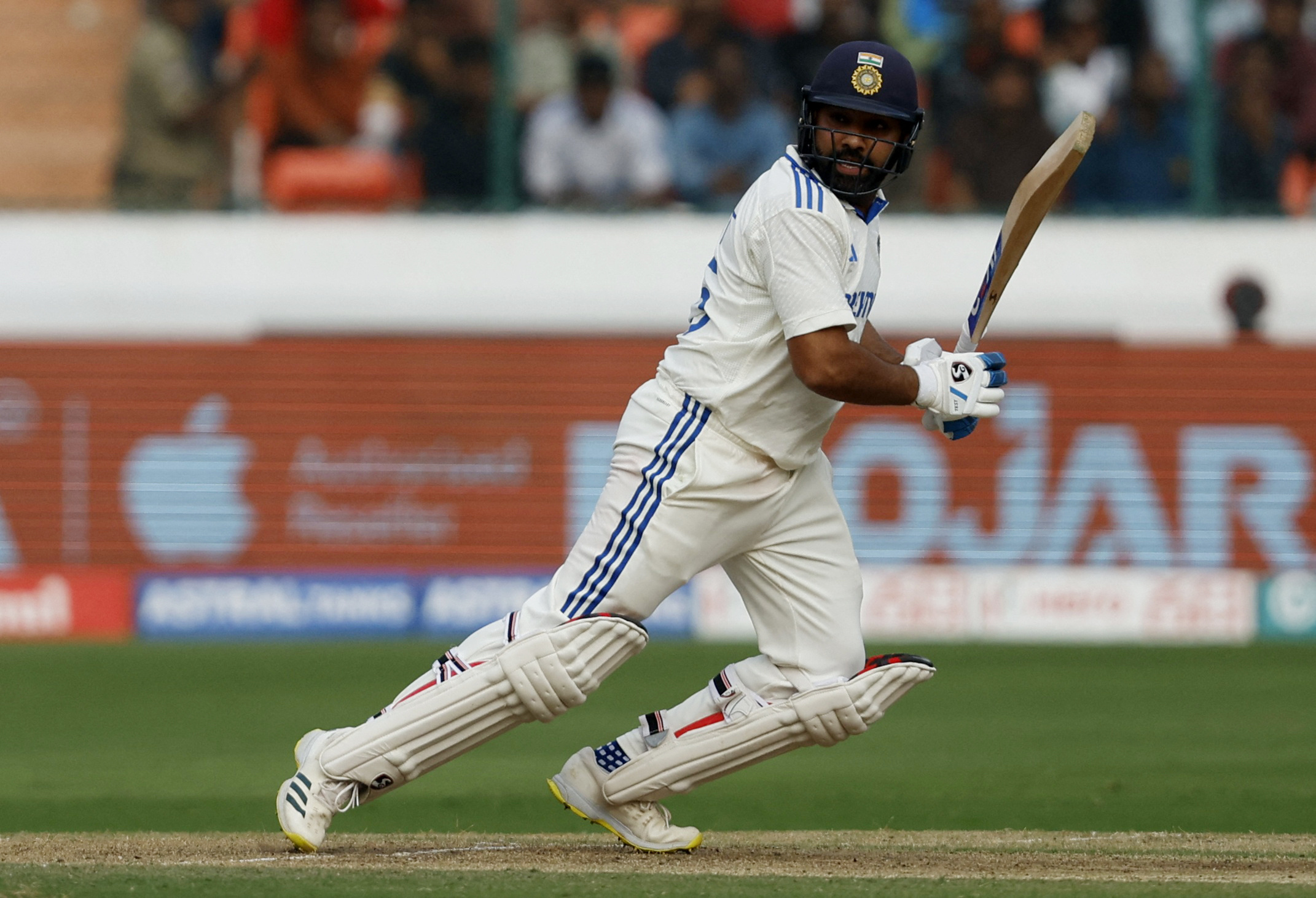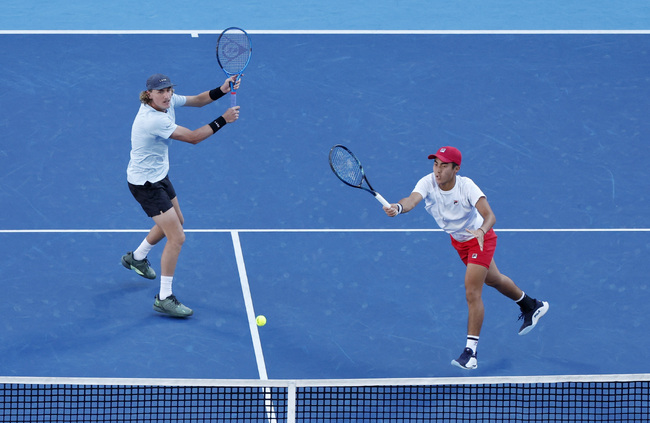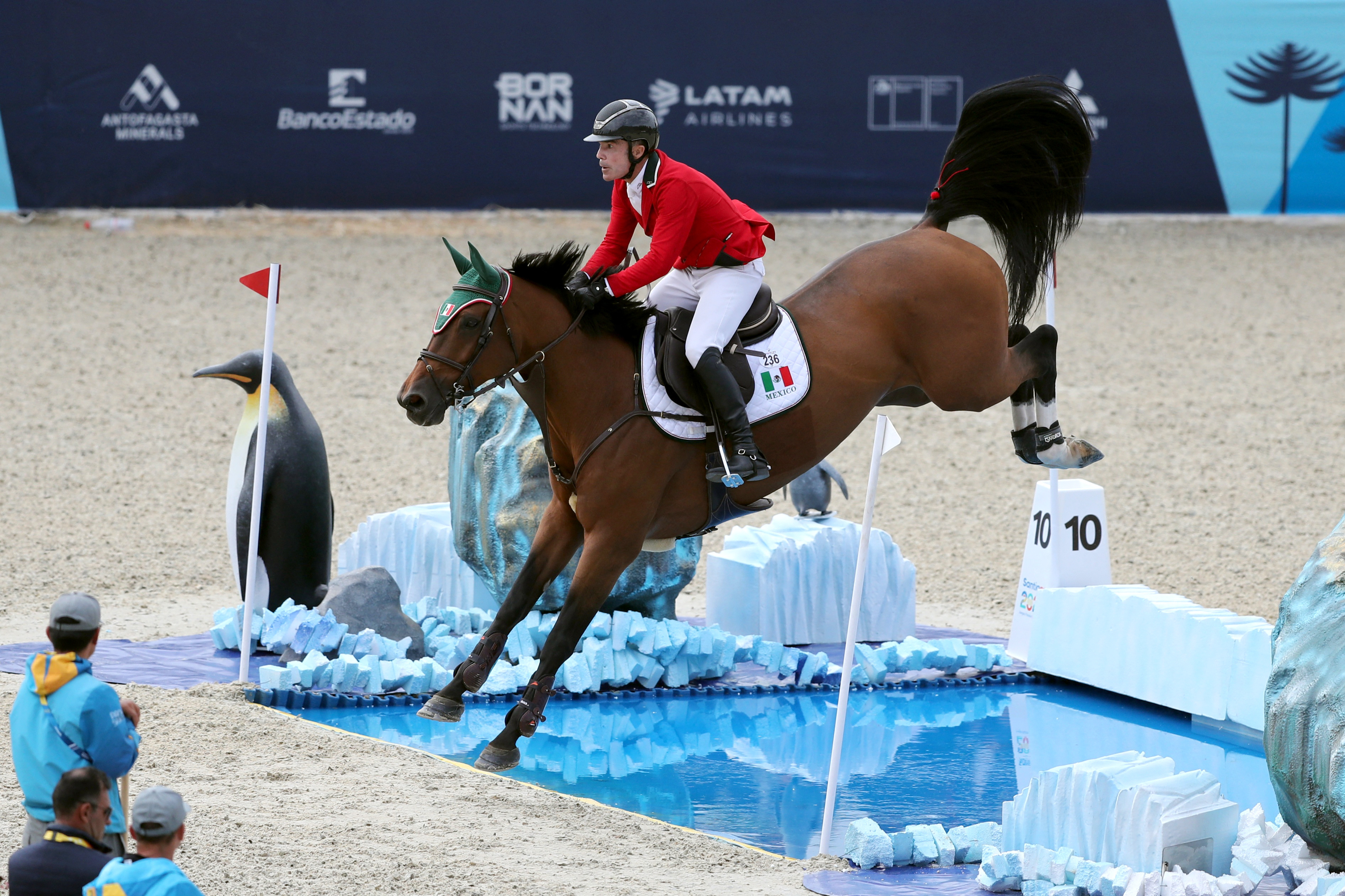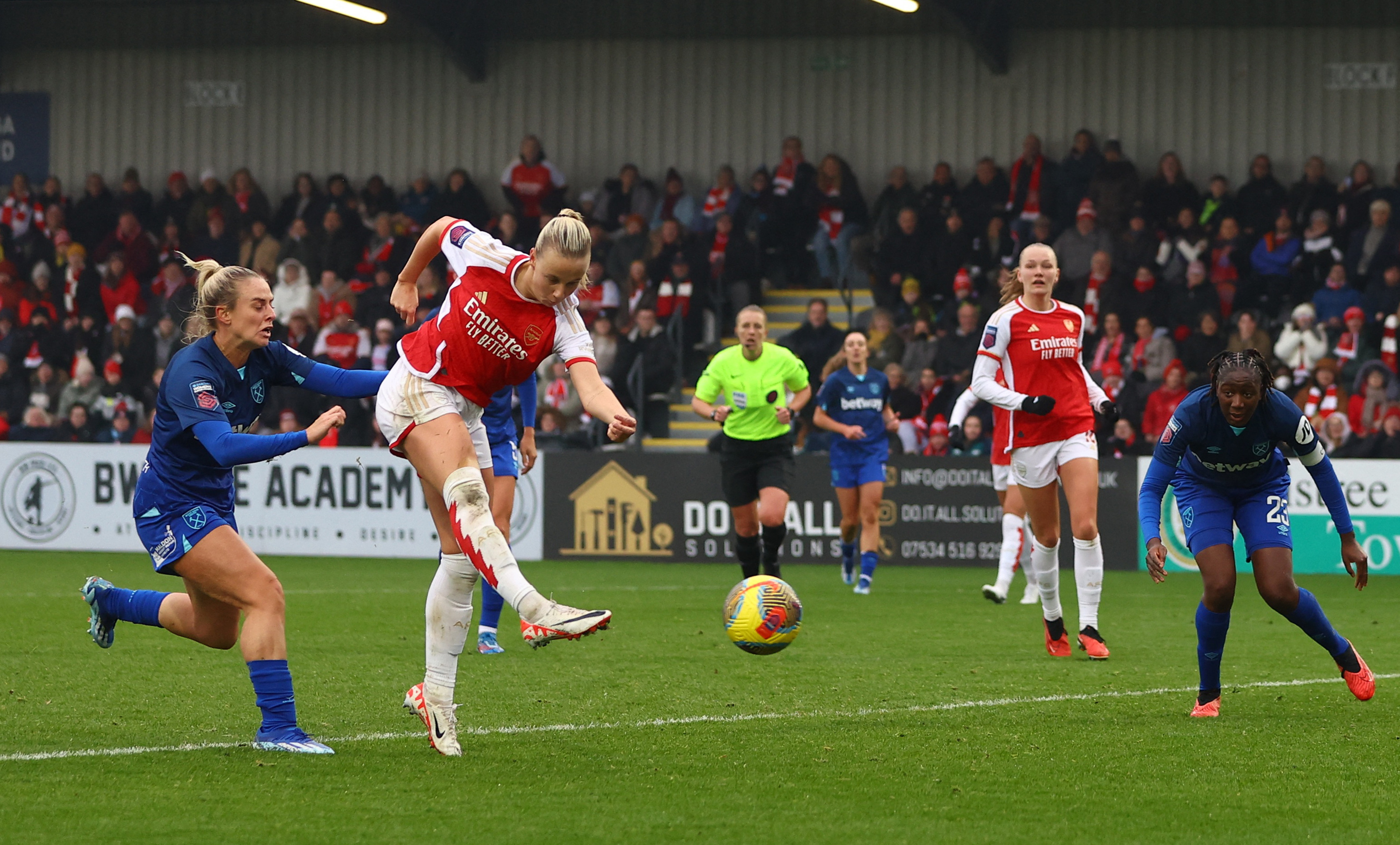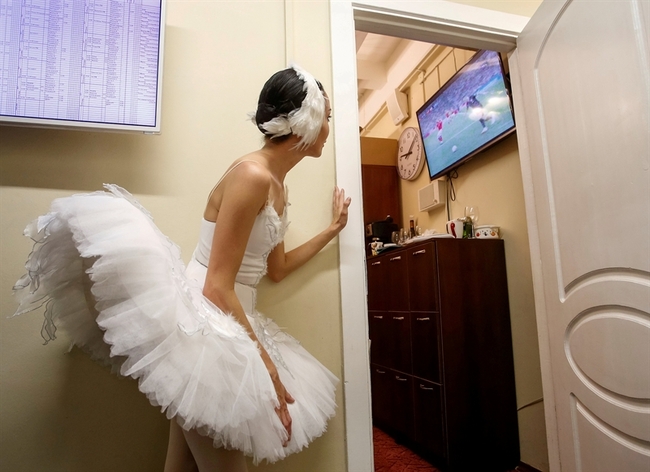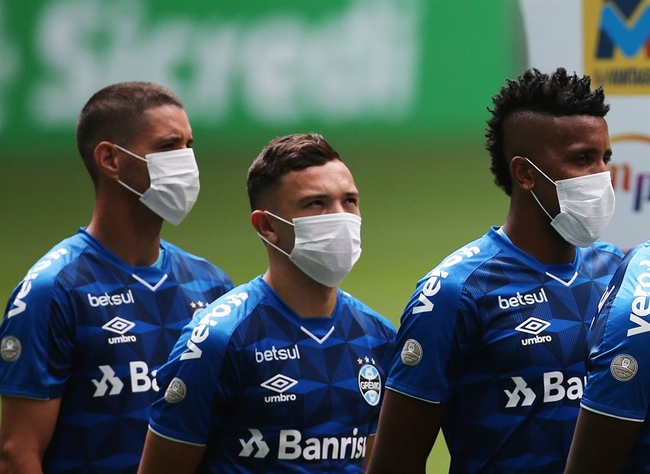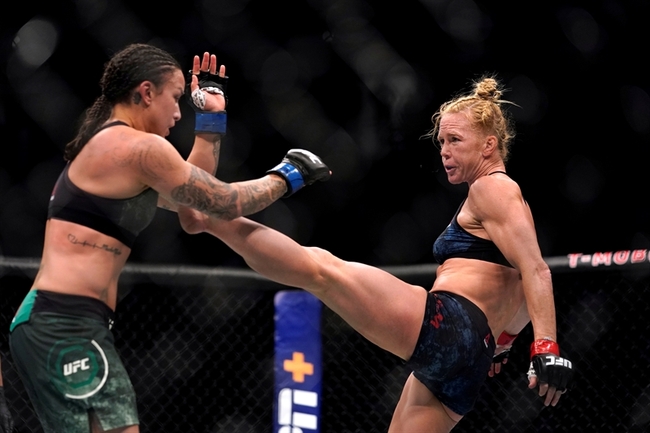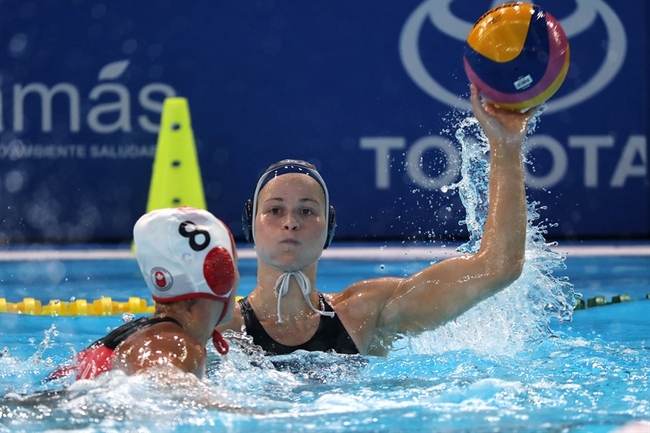Masterclass: LARS - Part I. A new way forward for ACL reconstruction?
In part I of this two-part Masterclass article, Chris Mallac discusses in detail the postoperative rehab requirements following a unique ACL reconstruction method – a Ligament Advanced Reinforcement System (LARS) procedure.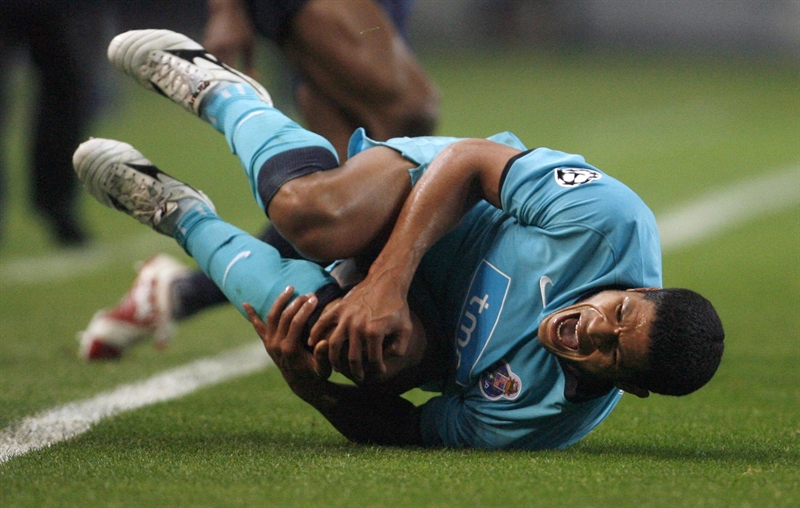
Anterior cruciate ligament (ACL) rupture is a common injury suffered by many athletes in a variety of sports. It typically affects athletes involved in sports that require sharp deceleration and cutting/pivoting type movements such as all the football sports (soccer, rugby, AFL, NFL), basketball, netball, golf and tennis. It may also occur as the result of a direct blow to the outside of the knee, which causes a valgus knee collapse, imposing large tensile and torsional forces to both the medial collateral ligament (MCL) and ACL.
It has been estimated that 80% of all ligament reconstructions of the knee relate to the ACL1. It is accepted that ACL ruptures have poor intrinsic healing capabilities due to the fact that the ACL is enveloped by synovial fluid and lacks significant vascularisation2. This makes healing of this intra-articular ligament impossible due to the inability of the torn ligament to re-vascularize.
In many case therefore, this precipitates the need to reconstruct the ACL to achieve functional stability to withstand anteroposterior shear forces and to prevent rotational forces on the knee. This course of action will prevent any further meniscus breakdown, and early onset osteoarthritis due to the excessive shearing forces encountered by the ACL deficient knee3,4.
| Surgical options following ACL rupture |
|---|
| The decision to reconstruct the ACL is multifactorial and both the attending surgeon and patient discuss the need to reconstruct along the following paradigm(3): 1.Degree of symptoms — such as uncontrollable instability or giving way of the knee. 2. Age — younger athletes will have longer exposure to potentially joint damaging instability episodes. Therefore, early reconstruction to develop functional stability may be preferred even though there exists a lengthy rehabilitation process. An older athlete nearing retirement may prefer to take their chances rather than stepping out of training/competition for 9-12 months. 3. Participation in a pivoting sport such as football (all codes), netball, basketball, tennis, dance to name a few. 4. Level of activity — elite athletes are well advised to always have an ACL reconstructed whereas a recreational athlete may have different needs.5. Failure or success of conservative management focusing on proprioception and hamstring strengthening |
Surgical techniques vary from surgeon to surgeon and from country to country. Indeed, it is not uncommon for two orthopaedic surgeons from the same sports medicine clinic to differ in their surgical choices. The options the surgeon has include:
- Arthroscopic versus open surgery.
- Intra versus extra-articular reconstruction.
- Femoral tunnel placement.
- Number of graft strands.
- Single versus double bundle.
- Fixation methods.
The use of grafts falls into three different subtypes:
- Autologous grafts such as the patellabone- patella (PTB) graft and the quadruple gracilis/hamstring graft techniques. These are the most commonly used as the graft is taken from the patient thus eliminating the risk of graft rejection5. The major drawback of these grafts is possible donor site problems and the length of time it takes for the graft to re-vascularise (6-9 months)6.
- Allografts are harvested from a human tissue bank and the common allograft tendons to use are tibialis posterior, Achilles tendon or peroneus tendon and hamstring. The benefit is that there is no donor site morbidity at the knee. However the risk of graft rejection is quite high, the recovery rate is longer, post-operative infections more common and there are higher failure rates5,6.
- Synthetic grafts using Polyethylene Terephthalate, Polypropylene, Polytetrafluroethene (PTFE), Carbon Fibre or Dacron. The original grafts used in the 1980s had high rates of failure and reactive synovitis so they fell out of favour7.
However synthetic grafts are now in their third generation and in the last 20 years the Ligament Advanced Reinforcement System (LARS) procedure has gained more popularity with orthopaedists8.
What is a LARS procedure?
The LARS system was developed in France by a French surgeon called Professor JP Laboreau. This was developed over a lengthy period of time, finding a material and technique that would prevent the failure rates seen with other synthetic grafts, and to also avoid the morbidity seen with human tissue grafts involving the patella tendon and hamstring grafts.
LARS has been used successfully to reconstruct ACL ruptures in countries such as Australia, United Kingdom, France, Germany and Canada. However, the United States has still not approved the use of LARS in the USA, with the result that American athletes often seek surgical treatment in other countries.
A LARS is an intra-articular scaffold consisting of an interosseous component of multiple parallel fibres of Polyethylene Terephthalate (PET) polyester (see figure 1). The intra-articular segment is unique and different to other synthetic grafts in that it is twisted at 90 degree angles.
You need to be logged in to continue reading.
Please register for limited access or take a 30-day risk-free trial of Sports Injury Bulletin to experience the full benefits of a subscription. TAKE A RISK-FREE TRIAL
TAKE A RISK-FREE TRIAL
Newsletter Sign Up
Subscriber Testimonials
Dr. Alexandra Fandetti-Robin, Back & Body Chiropractic
Elspeth Cowell MSCh DpodM SRCh HCPC reg
William Hunter, Nuffield Health
Newsletter Sign Up
Coaches Testimonials
Dr. Alexandra Fandetti-Robin, Back & Body Chiropractic
Elspeth Cowell MSCh DpodM SRCh HCPC reg
William Hunter, Nuffield Health
Be at the leading edge of sports injury management
Our international team of qualified experts (see above) spend hours poring over scores of technical journals and medical papers that even the most interested professionals don't have time to read.
For 17 years, we've helped hard-working physiotherapists and sports professionals like you, overwhelmed by the vast amount of new research, bring science to their treatment. Sports Injury Bulletin is the ideal resource for practitioners too busy to cull through all the monthly journals to find meaningful and applicable studies.
*includes 3 coaching manuals
Get Inspired
All the latest techniques and approaches
Sports Injury Bulletin brings together a worldwide panel of experts – including physiotherapists, doctors, researchers and sports scientists. Together we deliver everything you need to help your clients avoid – or recover as quickly as possible from – injuries.
We strip away the scientific jargon and deliver you easy-to-follow training exercises, nutrition tips, psychological strategies and recovery programmes and exercises in plain English.


